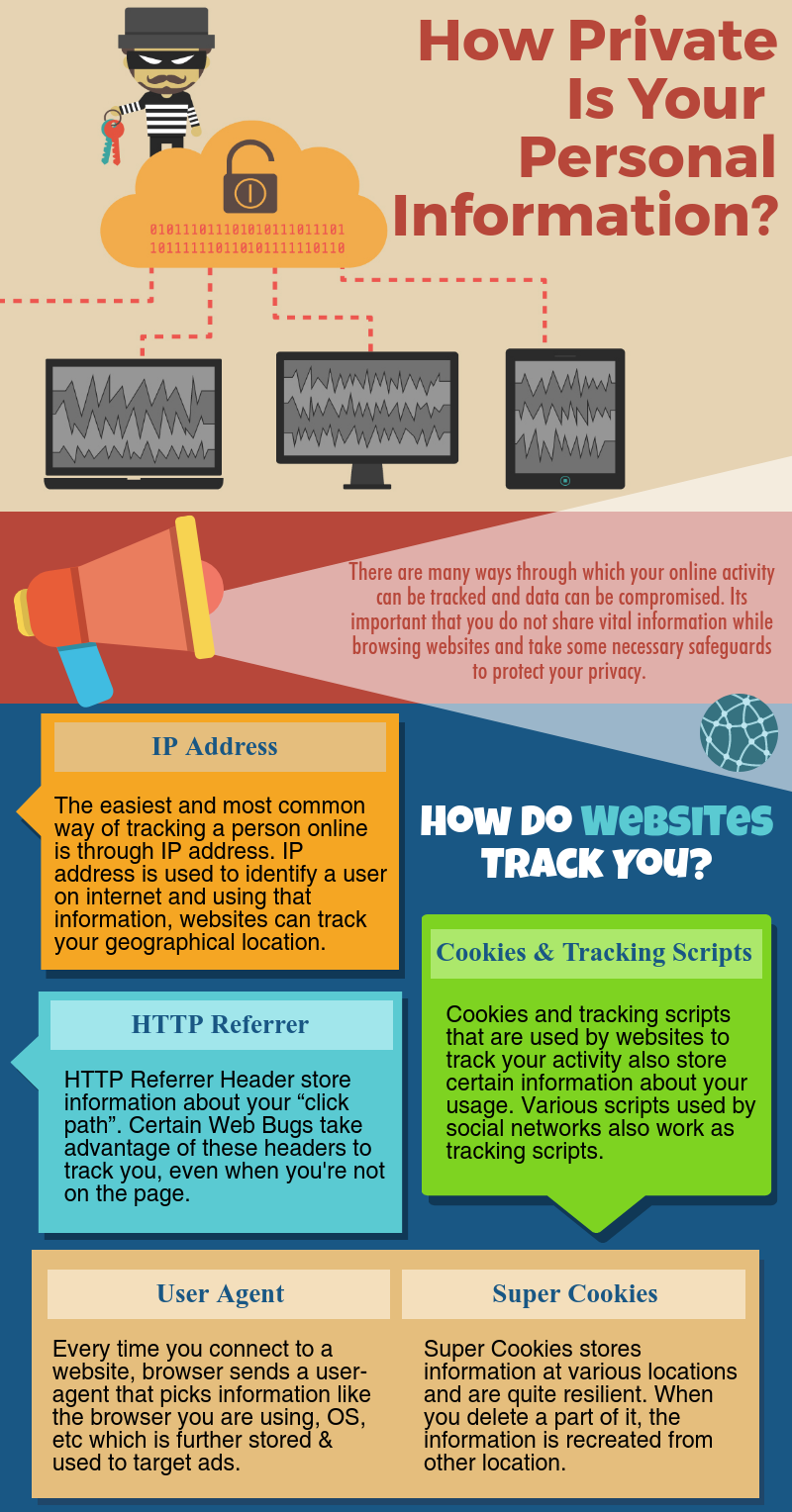18th Oct 2017
Phishing emails with clickbait subject lines are increasingly being used to elude security filters and gain access to computer systems. According to Verizon’s 2017 Data Breach Investigations Report, two-thirds of all malware were installed via email attachments in 2016. 60% of malware were packaged in JavaScript attachments, while 26% were packaged in malicious macros embedded in Microsoft Office documents.
To avoid any phishing attacks you need to keep pace with the hackers who are coming up with dynamic new ways for launching a cyber-attack. Email is the most widely used channel for a phishing attack because it is relatively easier to dupe people by sending fraudulent emails and trap them. They disguise as legitimate persons or companies and through fraudulent emails, direct users to a fake website in order to request for sensitive information and credentials.
These phishing emails, generally use subject lines, which encourage users to open email and click on link in it. Here we have listed some commonly clicked phishing email subject lines for you to take notice.
Social Media Email Subject lines –
- Free Pizza – Who wouldn’t want one, but it comes at the cost of security breach. Hackers tend to play with human psyche as the word FREE is always appealing, and when the receiver opens the mail, they exploit it for their own benefits.
- A message from your friend – Hackers sometimes use social engineering tactics to find out names of your close friends and relatives. They impersonate your acquaintances and send you an email which contains malware, to access your private information.
- Reset Password
- New message
- Login alert
- Unread Message
- New Voice message
- Account Validation Required
General Email Subject Lines –
- Security Alert
- UPS Label Delivery 1ZBE312TNY00015011
- Urgent Action Required
- BREAKING: United Airlines Passenger Dies from Brain Haemorrhage – VIDEO
- A Delivery Attempt was made
- All Employees: Update your Healthcare Info
- Unusual sign-in activity
- Your Bank Account will be Deactivated: Online Banking ALERT
- Ready for your beach vacay?
- You have won a Lottery
- Direct Deposit of payment in your account
- Bank transfer of 75000 USD
- Your order #335515 placed on Sunday is paid.
What are the ways to avoid Phishing emails?
Educate yourselves and your employees about the phishing techniques and cognize them about ways to identify dubious mails. Do not click on random links sent in an email from an unauthorized sender, and to verify a site’s security, ensure that the site’s URL begins with ‘https’. Also avoid entering any personal information unless you are cent percent sure that the mail is sent by a trusted sender. Also make sure that you install an antivirus software on your system and use high quality firewalls.

